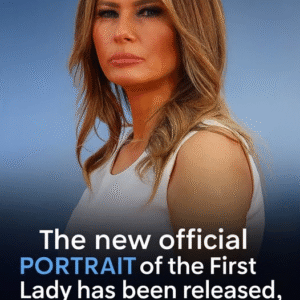Trump’s $2,000 Tariff Dividend Push Sparks New Debate
The discussion began on Nov. 9 after President Trump announced on Truth Social that most Americans—except higher earners—would receive a $2,000 “dividend” funded by tariff revenue. He argued that strong markets, rising tariff income, and a resilient economy make the plan realistic.
Bessent Confirms Goal: Help “Working Families”
A week later, on Nov. 16, Treasury Secretary Scott Bessent joined Fox News’ Sunday Morning Futures. He confirmed the administration wants the payments to reach “working families.” However, he stressed that Congress must approve the spending before any checks, rebates, or tax credits can move forward.
“These payments could go out,” Bessent said, “but only with congressional authorization.” He added that lawmakers must define both the structure of the payout and eligibility rules.
A Familiar Proposal With New Challenges
This isn’t the first time Trump has floated a tariff-funded rebate. Earlier this year, he said he supported the idea but prioritized paying down the national debt. He later hinted that savings from the Department of Government Efficiency (DOGE)—which claims hundreds of billions in cuts—could also fund relief.
Yet new estimates from the nonpartisan Committee for a Responsible Federal Budget show the cost could reach $600 billion if structured like COVID-era stimulus. That far exceeds the roughly $100 billion in tariff revenue collected through October.

President Trump’s post on Truth Social about the $2000 tariff dividend, Photo Credit: Edamommy/X
Legal Hurdles Add Pressure
The Supreme Court is also reviewing the constitutionality of Trump’s tariff structure. Justices heard arguments on Nov. 5. If the Court rejects the policy, the government may owe billions in refunds to businesses and individuals.
Trump Doubles Down on the Promise
Despite the obstacles, Trump continues to promote the plan. In his Nov. 9 post, he highlighted soaring 401(k)s, low inflation, and record markets, promising at least $2,000 for every non–high-income household.
During Nov. 10 remarks in the Oval Office, he repeated the pledge: “We plan to deliver roughly $2,000 in dividends to middle- and lower-income families,” adding that remaining funds would go toward the national debt.
White House Press Secretary Karoline Leavitt later said officials are pursuing “every legal option” to make the rebates happen.
How the Payments Might Start
Bessent has suggested that the rollout might not begin with physical checks. Instead, benefits could first appear as tax reductions—such as removing taxes on tips, overtime, or Social Security income, and adding deductions for auto loans—before shifting to direct payments.
He also previewed future changes: larger tax refunds expected in early 2026 and a $1,000 “birth investment account” for children born that year.

US President Donald Trump with Treasury Secretary Scott Bessent attending a meeting, Photo Credit: Armored Algo/X
Eligibility Still Undefined
Eligibility remains unclear. Trump has not said what qualifies as “high income,” and no formal thresholds exist. Analysts comparing the plan to the CARES Act estimate full benefits for individuals earning up to $75,000 and couples up to $150,000—similar to the 2020 stimulus rules.
Congress Holds the Final Say
No legislation authorizing the $2,000 tariff payments has been introduced. Sen. Josh Hawley did propose a smaller $600 rebate in July, but it has not advanced.
DOGE savings also fall short of supporting large-scale payouts. As of Nov. 17, the program reports about $214 billion saved—far below its $2 trillion target.
Bottom Line
Americans will not receive tariff dividends until Congress approves funding, the Supreme Court rules on the tariff structure, and the financing plan is finalized. For now, the administration insists the proposal is alive, but there is no timeline for when money might reach taxpayers.





